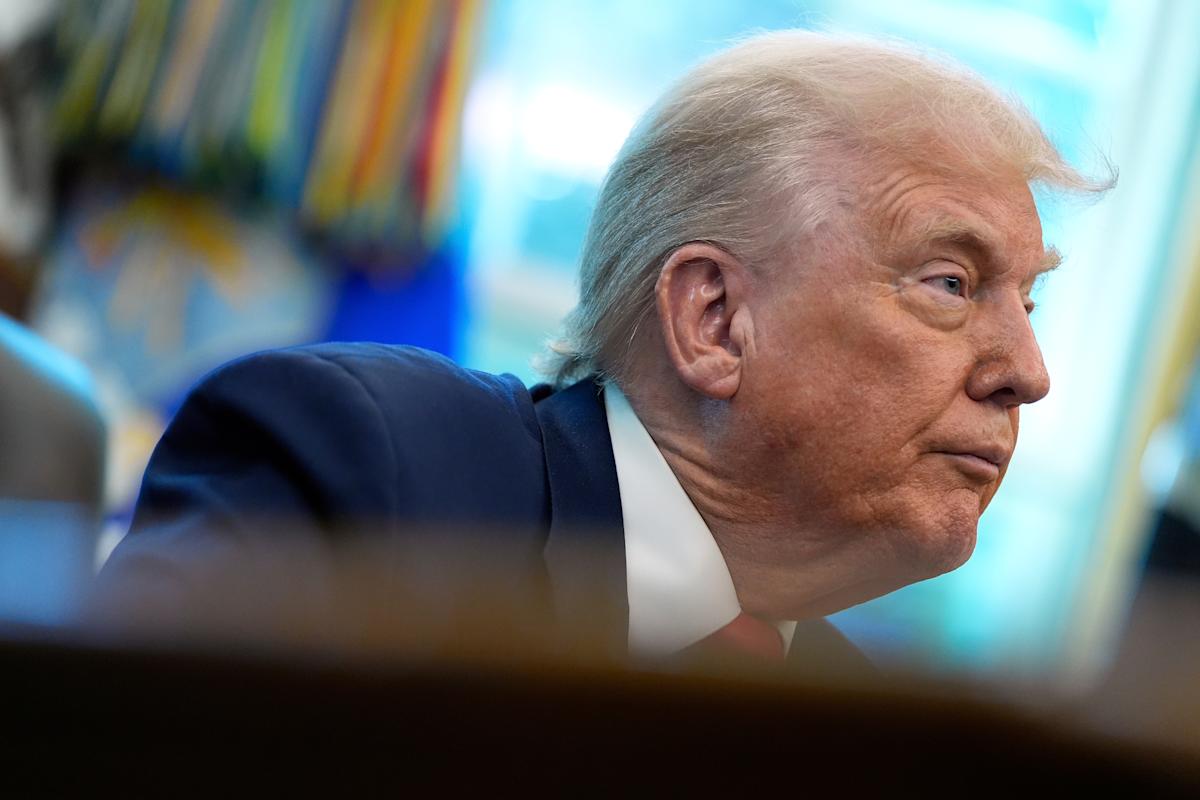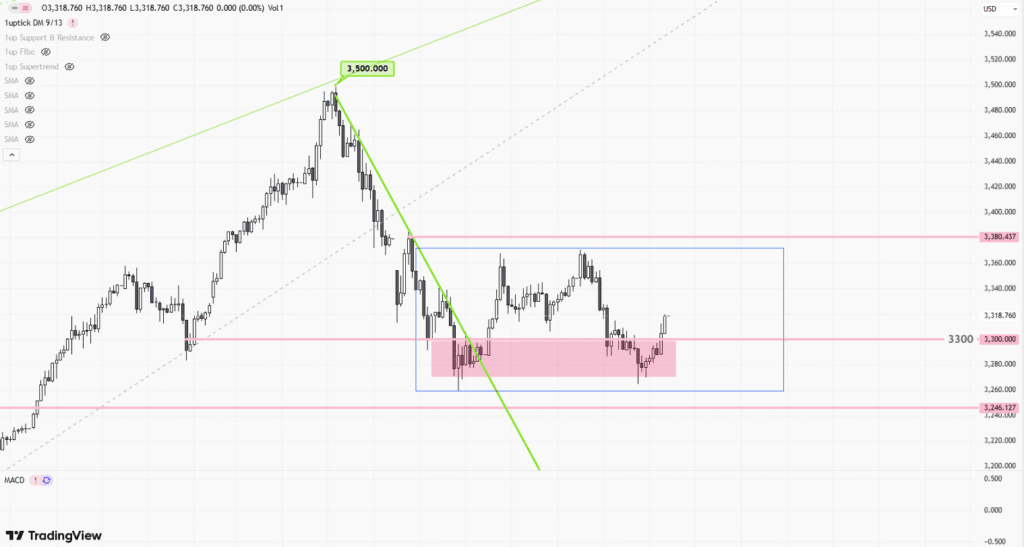 |
| Gold V.1.3.1 signal Telegram Channel (English) |

Intel’s Stock Surges as U.S. Government Considers Historic Equity Stake to Boost Domestic Chip Manufacturing and National Security
2025-08-17 @ 18:00
Intel’s shares surged in recent days, following reports that the Trump administration is in talks to take a direct stake in the iconic U.S. chipmaker. This potential government intervention signals a dramatic shift in the relationship between Washington and Silicon Valley, with far-reaching implications for the technology sector, economic policy, and American global competitiveness.
A Bold Move in the Chip Wars
The U.S. government has long championed domestic chip production as a matter of strategic security, but direct ownership of a company like Intel marks new territory. After a recent White House meeting between Intel CEO Pat Gelsinger and President Trump, sources say officials have begun negotiating for a possible equity investment in Intel, potentially leveraging funds from the CHIPS Act.
The CHIPS Act, initially passed to provide subsidies and incentives for U.S. semiconductor manufacturing, could be used to finance a government stake in Intel. The goal: help the company fund its massive new factory plans in Ohio and ensure that the U.S. remains a leader in advanced semiconductor production. The move comes as concerns rise about China’s ambitions in technology and lingering anxieties over U.S. reliance on foreign—especially Taiwanese—chip foundries.
Strategic Motivations: National Security and Supply Chain Resilience
At the heart of the potential deal is national security. The Biden and now Trump administrations have repeatedly described semiconductor supremacy as critical to military and economic strength. A direct investment would not just inject capital into Intel but could also signal to markets and global competitors that Washington considers chipmaking a top-tier priority.
Historically, the U.S. government has provided bailouts and loans to critical industries in crisis—such as automakers during the 2008 financial crisis—but a federal equity position in a thriving tech giant like Intel is unprecedented. Instead of supporting a failing company, policymakers are looking to bolster a firm that they view as essential to America’s competitive edge.
Intel’s Challenge: Closing the Technology Gap
Intel’s need for support comes at a critical moment. Once unrivaled, Intel has lost ground to rivals like Taiwan Semiconductor Manufacturing Company (TSMC) and Nvidia in both technological leadership and manufacturing prowess. Analysts point to gaps in manufacturing sophistication, as Intel’s most advanced chips lag behind those of overseas competitors. With the global chip market booming but shifting toward Asia, securing domestic leadership is back at the center of U.S. industrial policy.
The planned Ohio facility represents one of the largest bets on American manufacturing in decades, projected to cost tens of billions of dollars and create thousands of jobs. Government backing could help accelerate construction, de-risk Intel’s investment, and attract partners across the defense and tech sectors.
Market Reaction and Broader Implications
News of the possible government stake sent Intel shares soaring, reflecting investor optimism that federal support could help the company regain lost ground. Wall Street is also weighing what this could mean for the rest of the industry: Will competitors like AMD, Nvidia, or smaller startups expect similar treatment? Could this mark the beginning of a new era in which the state takes a more direct hand in shaping technology markets?
There are, of course, risks. Critics question whether government intervention might hinder innovation by picking winners and losers, or whether it signals a retreat from market-driven capitalism in favor of national-champion industrial policy. Others wonder if federal investment alone is sufficient for Intel to catch up technologically, as global rivals continue to invest heavily in research and talent.
Looking Ahead: A New Model for U.S. Tech Policy?
Whatever the outcome, the negotiations highlight the increasingly blurred boundaries between government and the private sector in shaping the future of technology. As geopolitical rivalries intensify, Washington appears ready to take far more aggressive steps to secure critical industries, departing from the hands-off approach that has long characterized U.S. capitalism.
For investors, employees, and competitors alike, Intel’s next steps will be closely watched as a harbinger of broader changes coming to the American technology landscape. The results could reshape not just the semiconductor industry, but the very structure of American economic policy for years to come.






